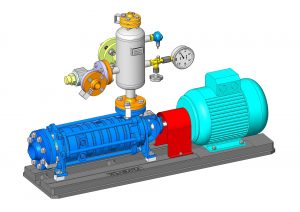Students and trainees often ask me how long a warranty of function should last. And contract negotiators regularly debate it. Someone should do a thorough survey, but in the absence of good data, I’ll offer my experience.
Duration
 I don’t often see software warranties shorter than ninety days. Thirty days seems to be the bottom. But when I represent the customer, I always push for more than thirty, and I usually get it.
I don’t often see software warranties shorter than ninety days. Thirty days seems to be the bottom. But when I represent the customer, I always push for more than thirty, and I usually get it.
I also don’t often see software warranties longer than one year. Again, when I represent big customers, I sometimes get 1.5 or two years.
There is no right or wrong duration, of course.
Don’t forget to think through the starting date for a warranty of function. Ninety days from when? With off-the-shelf software, it’s generally delivery or installation. With customized software, the vendor might again want delivery or installation. But the customer wants go-live as the warranty period’s start date.
Why Any Time Limit?
Why should software warranties ever expire? The warranty on physical products has a duration because those products wear down. Cars, tractors, watches, refrigerators, boilers, TV sets, and computer hardware eventually stop working. So the vendor can’t commit to proper function … forever.

Software, on the other hand, is a set of instructions for a computer. It never wears down. Maybe the disk holding the software does wear out, but you can just get another copy. So why can’t software vendors warrant their products forever?
From the vendor’s point of view, a software warranty works like a free maintenance plan. Yes, the vendor could warrant the software forever, since it won’t break down like a car or computer. But fixing software takes time and money. Some vendors don’t want to or can’t invest. And vendors that do provide maintenance generally want to make money from it. They want paid maintenance periods, not an indefinite (free) warranty period.
To put it another way, a warranty doesn’t really involve a guarantee that the thing won’t break down. It involves a shift of the risk from one party to the other. Many vendors want to make money from accepting that risk. And they can’t until the warranty period ends.
For more, join us for our Tech Contracts Master Classes. Also, you can learn more and find resources in:
- The Tech Contracts Handbook, 3rd Ed., Chapter II.K.1 (“Warranty of Function”)
- The warranty samples in our clause library.
© 2022, 2023 by David Tollen. All rights reserved.
Thank you to Pixabay.com for great, free stock images!
(Updated April 10, 2023)
